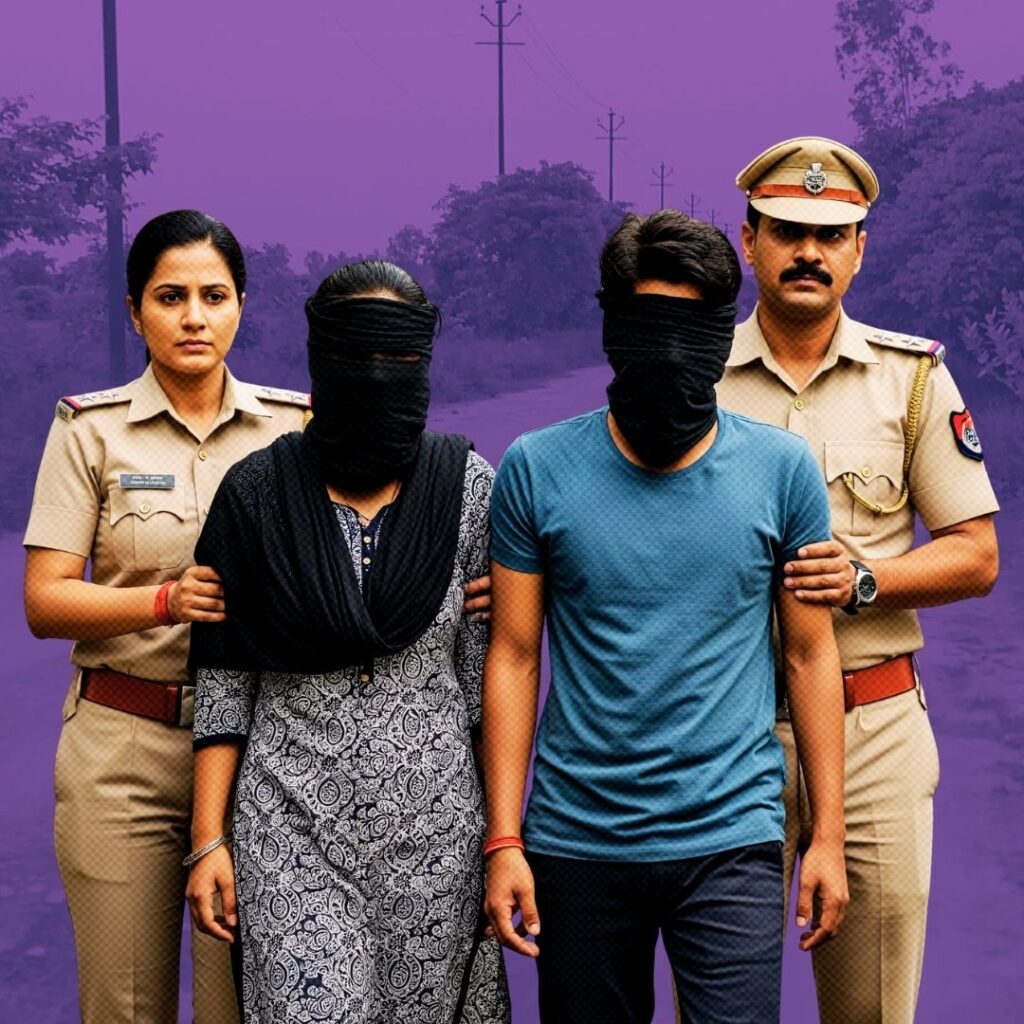Every political party makes a slew of promises to voters before elections, thus raising our hopes and aspirations.
However, promises exist in all corners of our bleak political world. We are provided with a fresh set of aspirations in the next election, with no accurate status of the country’s performance against the previous promises.
The initiative Election Promises Tracker, attempts to solve this issue. It seeks to give voters a chance to track the performance of their government in the fields of education, health, governance, economy and agriculture. The performance is tracked against the promises the party in power made in its election manifesto.
Given below is the snapshot of the overall status of 3 years of PM Modi government.
A look at the PM Modi government’s promises and their fulfilment Election Promises Tracker
Highlighted below is the Bharatiya Janata Party’s performance against the main promises made by them before elections. The answer has four parts: Governance, Health, Economy and Flagship Schemes and Programmes.
Governance Sector:
Judiciary: 10% Judges posts are lying vacant in the Supreme Court, 41% in High Courts and 20% in District and Sub-Courts. This gap exists despite the promise of high priority filling of the vacancies and doubling the number of courts.
However, an alternate dispute resolution has emerged as an important development under the PM Narendra Modi-led BJP government and deserves appreciation.
Nearly 3.5 lakh cases have been settled by means of arbitration, reconciliation and Lok Adalats, and nearly 11 lakh pre-litigation matters have been resolved since the party came to power three years ago.
Similarly, new courts have been set up for resolving and handling commercial matters, making litigation less of a burden for businesses in India.
Though this shows that the government has focused on resolving small and petty matters, however, in constitutional matters, and matters of national or state importance, the performance of the government threatens the most important institutions in our country – the judiciary.
Elections: PM Modi had promised to eliminate criminals from politics. He reiterated his promise in his first speech in the Parliament, where he assured the House of fast-tracking cases against such politicians.
However, three years since he came into power, nothing has been done in this regard. On the contrary, one-third of PM Modi Government Cabinet Ministers face criminal charges, and nearly one-fifth face serious criminal charges such as rape, attempt to murder, murder and kidnapping.
Police: PM Modi government had assured that the police force will be more fair, transparent and citizen-friendly.
However, the Model Police Bill that seeks to make police independent of political interference, gives security of tenure to officers and sets up complaint authority to investigate abuse of power by police officers, hasn’t even been tabled in the Parliament. This would have been in alignment with the Supreme Court judgment in Prakash Singh Vs. Union of India case.
On the contrary, the Delhi police which is directly controlled by the Centre has been on a spree to arrest AAP MLAs. Of the 13 MLAs it has arrested or slapped charges against, the Delhi police struggled to justify them in Court, thus drawing ire of judges for abusing its power.
Transparency: In an unprecedented move towards transparency, PM Modi government had announced uploading of all RTI responses online. Three years hence, only two responses have been uploaded, failing the entire initiative.
However, in an appreciative move, the program for digitisation of land records that started under the UPA government has received boost under this government, but progress is slow.
Additionally, the government has not mandated the digitisation of all government work to reduce corruption and delays. This is in contrast to the election promise Bharatiya Janta Party (BJP) made. PM Modi government has rejected more RTIs than Dr. Manmohan Singh government.
Broadband in Every Village: BharatNet (earlier called National Optical Fibre Network), a project initiated by UPA-II in the year 2011 has been commissioned in 18,039 gram panchayats out of 2.5 lakh gram panchayats. The programme aims to 100 Mbps bandwidth in all Gram Panchayats in the country. But the project since 2011 has been commissioned in 7% villages only.
Economy:
Ease of Doing Business: India’s rank in ‘Ease of Doing Business’ improved from 142nd rank in 2014 to 130th rank in 2016, according to the World Bank. This is an improvement of 12 places for which the credit rightly goes to the PM Modi government for facilitating several procedures.
Single Window Clearance: No single-window system has been implemented so far by the BJP government. However, some ministries like the Ministry of Coal and communications have started to implement it at their own level – via custom clearances, permission for housing-related …











